Graphic:
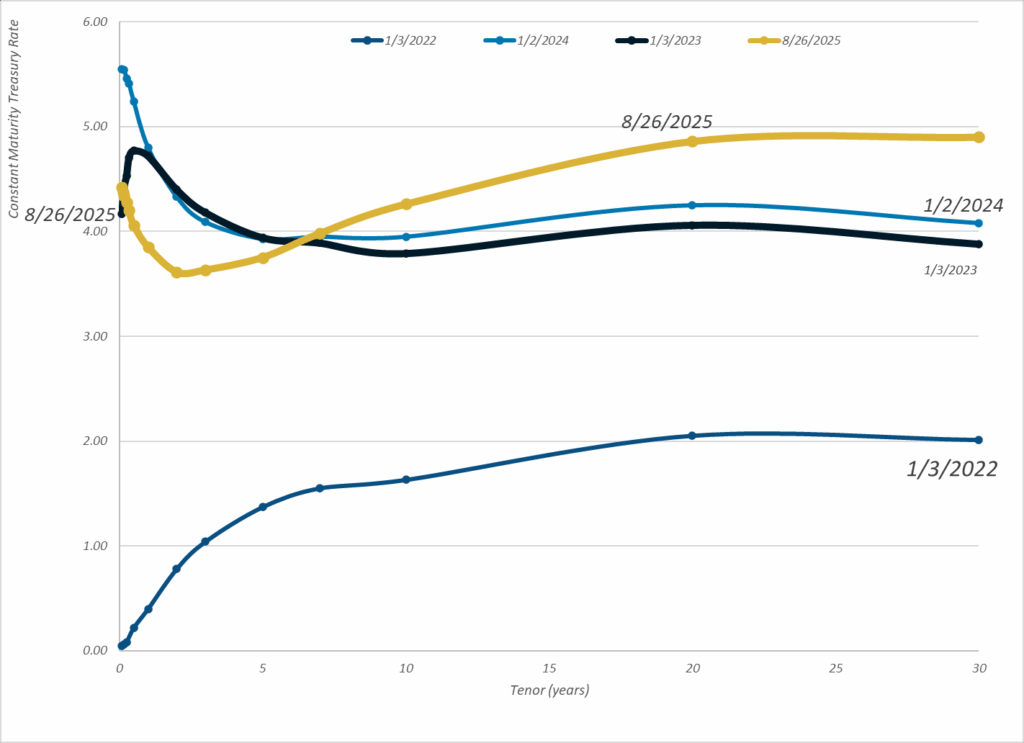
Publication Date: 26 Aug 2025
Publication Site: Treasury Dept
All about risk
Graphic:

Publication Date: 26 Aug 2025
Publication Site: Treasury Dept
Graphic:
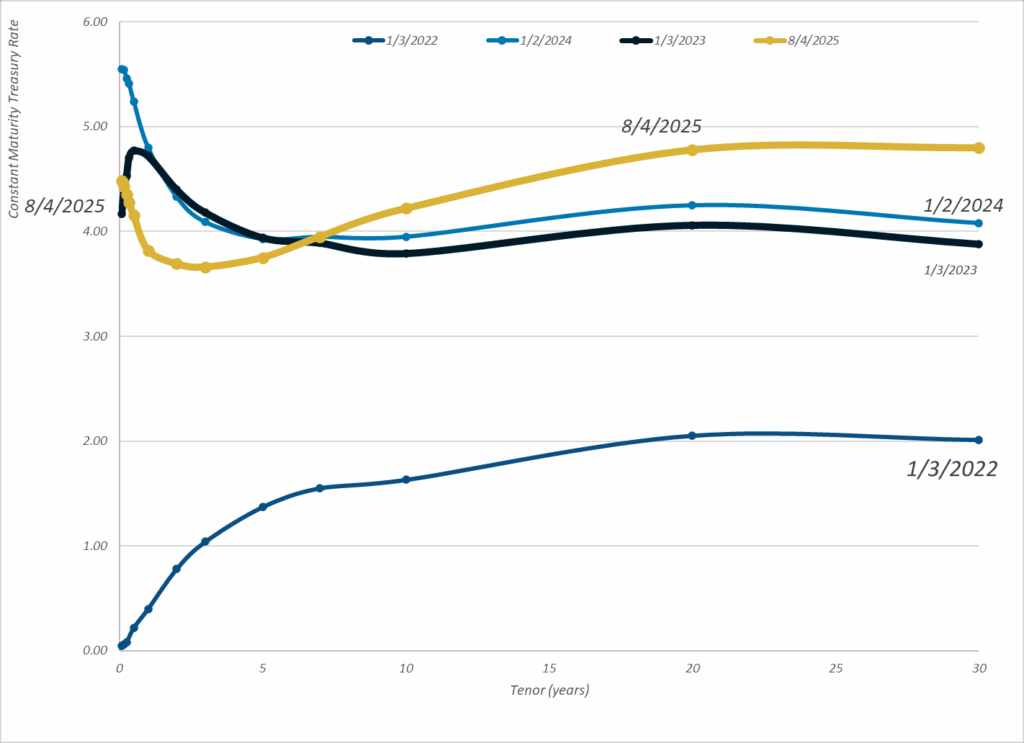
Publication Date: 4 Aug 2025
Publication Site: Treasury Dept
Graphic:

Excerpt:
At the end of each month, the BLS uses the data it has on hand to make a first estimate. Then it updates that estimate in each of the following two months, based on late replies and a revised seasonal adjustment.
If the employers replying late happen to give different information from the first batch, as happened this summer, big revisions are likely. For example, Friday’s data showed that in May and June, there were about 109,000 fewer jobs for educators at state and local governments than previously thought. Late-responding schools were responsible for the bulk of that revision, said Omair Sharif, founder of analytics firm Inflation Insights.
“The decline in response rates for the initial release, that’s just going to make the range of revisions larger,” said Jonathan Pingle, an economist at UBS. “They’re getting a significantly larger amount of incremental information after the initial deadline.”
A year ago, when he was running for his second term, Trump was enraged by a different BLS revisions process—a twice-a-year benchmarking that reconciles the monthly figures with a comprehensive set of state-level data that, in theory, includes just about every employer in the country. Using this bigger data set gives the BLS a direct look at the number of companies that have been founded and have gone out of business, a blind spot in the bureau’s month-to-month data.
Author(s): Matt Grossman
Publication Date: 4 Aug 2025
Publication Site: WSJ
Graphic:


Notes:
Notes on tickborne disease surveillance data:
Reported Tickborne Disease Cases by County of Residence 2019-2022.xlsx
To download a static map for the most recent years of data, click here.
Publication Date: accessed 1 Aug 2025
Publication Site: CDC
Graphic:
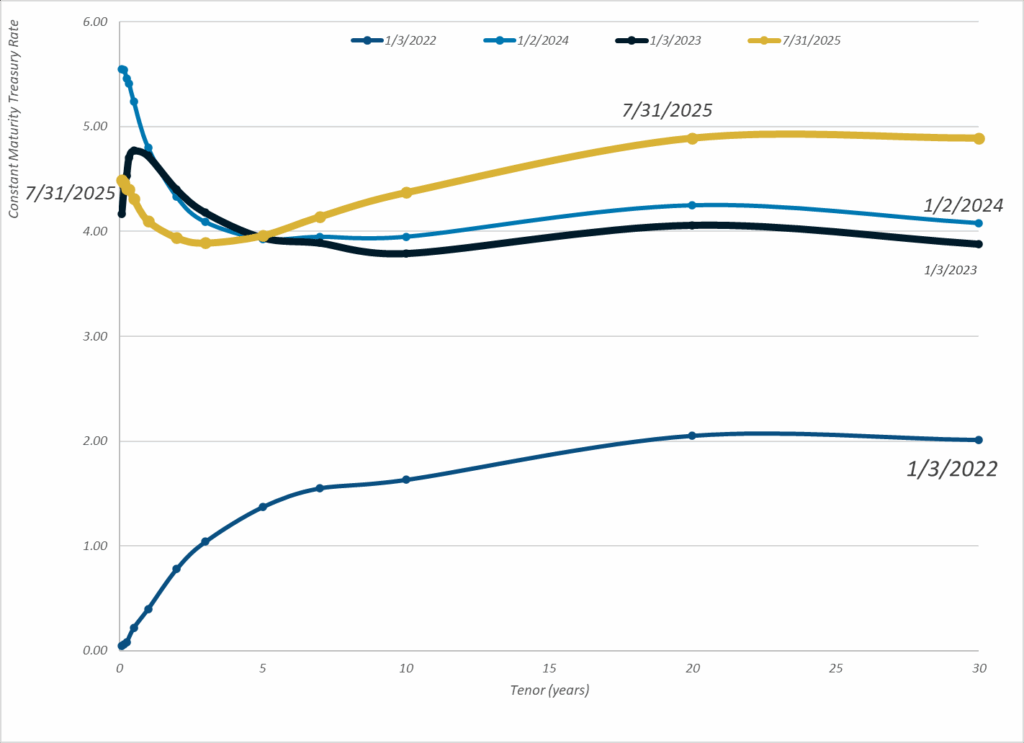
Publication Date: 31 Jul 2025
Publication Site: Treasury Dept
Graphic:
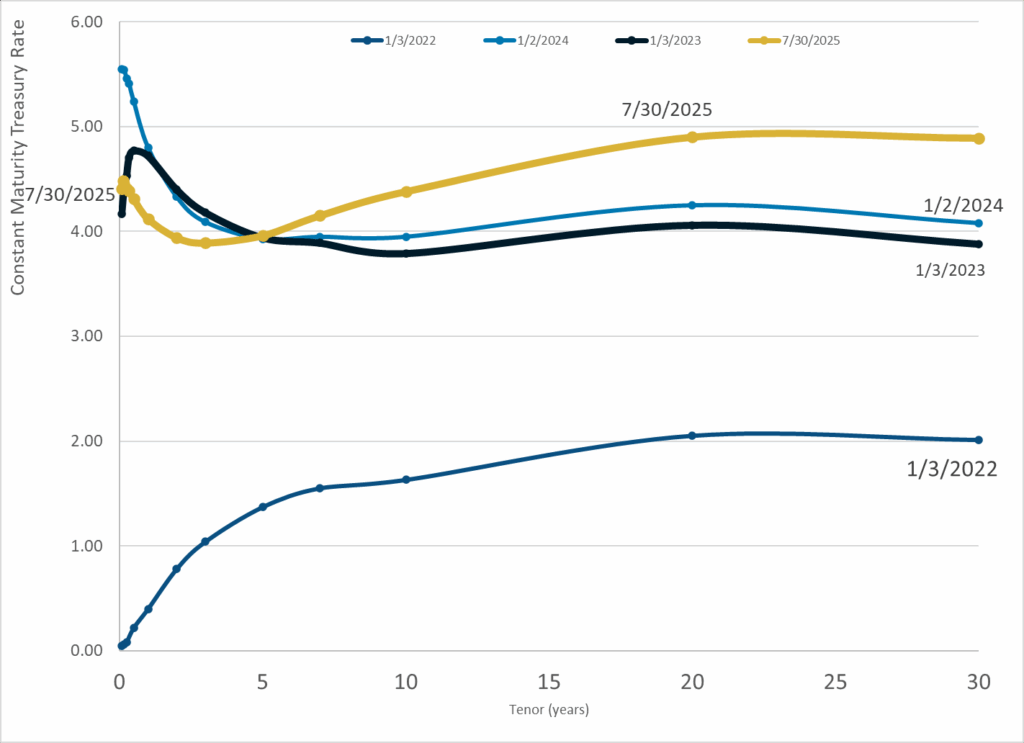
Publication Date: 30 Jyl 2025
Publication Site: Treasury Dept
Graphic:

Publication Date: 14 July 2025
Publication Site: Treasury Dept
Graphic:

Publication Date: 27 Jun 2025
Publication Site: Treasury Dept
Graphic:
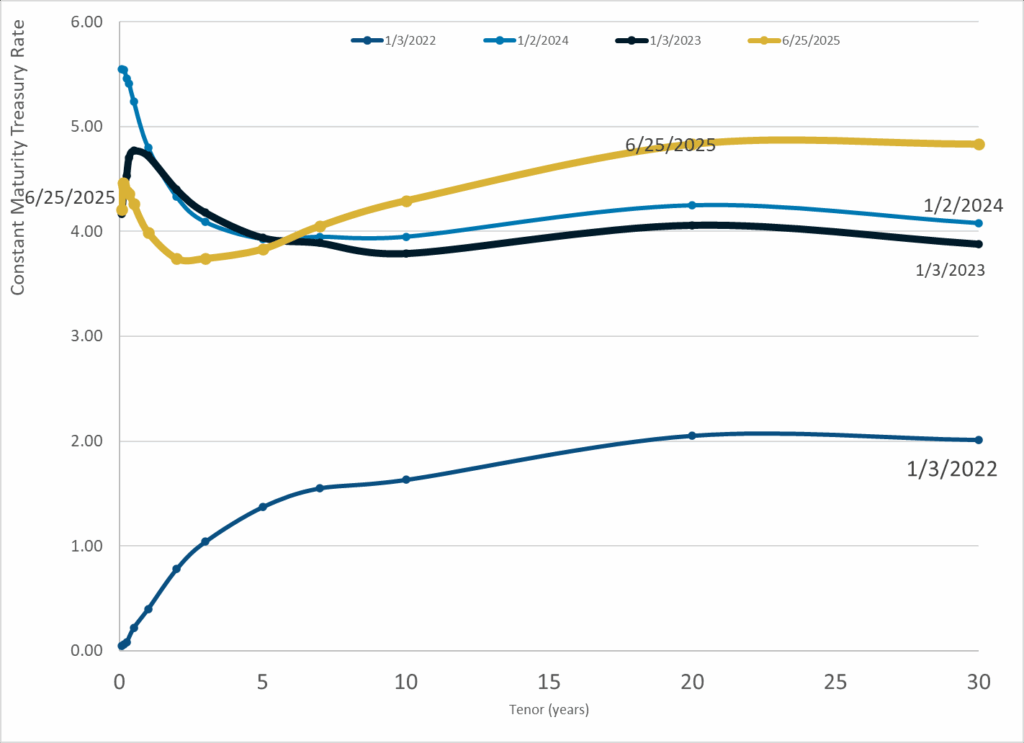
Publication Date: 25 Jun 2025
Publication Site: Treasury Dept
Graphic:
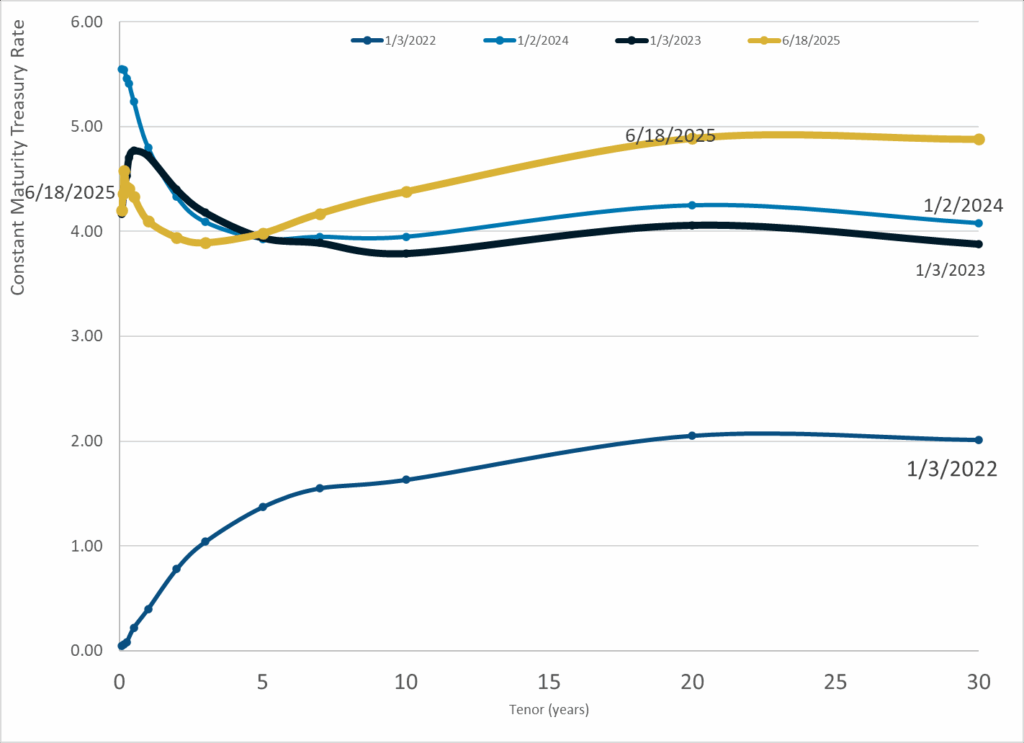
Publication Date: 18 Jun 2025
Publication Site: Treasury Dept
Link: https://www.theatlantic.com/health/archive/2024/07/millennials-cancer-death/678896/
Excerpt:
Several years ago, in my work as a palliative-care doctor, I cared for a man in his 60s who had been mostly healthy before he was diagnosed with stomach cancer. After three different treatments had failed him, his oncologist and I told him that a fourth treatment might buy him a few weeks at best. “Send me back to Boston,” he said immediately. He wanted to smell the Atlantic, see his childhood home. He made it there, dying a week later.
My patient died on his own terms: He was comfortable, fully informed about his worsening cancer, and able to decide where he wanted to die, whom he wanted to be with. This is the type of proverbial “good death” that our medical system is slowly learning to strive for—but not necessarily for younger people.
In the hospital room next to this man was a young mother who, like me, was in her 30s. We bonded over our love of ’90s music and the Southern California beaches where we’d built sandcastles as children and stayed out late as teenagers. She, too, was dying of Stage 4 stomach cancer; I first met her when her oncology team asked if I could help manage her pain and nausea. She would rest her hands on her protruding belly, swollen with fluid and gas because cancer blocked her bowels; she couldn’t eat, so medications and liquid nutrition dripped through a large catheter threaded up a blood vessel in her arm and into her heart.
Author(s): Sunita Puri
Publication Date: 5 July 2024
Publication Site: The Atlantic
Graphic:

Publication Date: 12 Jun 2025
Publication Site: Treasury Dept